What are hernias?
A hernia is the protrusion of internal organs out of the abdominal cavity through a hole in the supportive layers of the abdominal wall. It can be congenital (connective tissue weakness) or be acquired at any point in a person’s life. Heavy physical work, increased pressure in the abdominal cavity, chronic coughing or bearing down hard due to chronic constipation can encourage the formation of a hernia. With small hernias patients often notice only a pulling pain at first, particularly when carrying a weight. Over time, a visible swelling develops that feels like a bulge under the skin. This protrusion develops when parts of the bowels penetrate through the muscle layers that surround the abdominal wall on all sides.
Even though about three of four hernias are found in the groin, they are not restricted to this region. The umbilical hernia is the second-most common hernia of the abdominal wall. The navel and the underlying hernia sac bulges outwards.
After abdominal surgery that involves opening of the abdominal wall, the scar that is formed is a weak point in the muscle layer. An incisional hernia is a common complication after such procedures and occurs in about 1 in 10 patients. The hernia leads to a bulging of the tissue.
What risks are associated with hernias?
As long as the hernia sac can be pressed back into the abdomen, many people live with this situation – often because they are afraid of surgery. A hernia never disappears by itself, however. Quite the opposite: every repeat protrusion increases the size of the hernial opening and the symptoms get worse. If the loops of the bowel that are included in the hernia sac become strangulated or pinched off and are cut off from the blood supply, this can lead to incarceration of the organs, death of the tissue or blockage of the bowel. In the worst case, this can be life threatening. Patients with a hernia should definitely seek out specialist medical advice so that therapy can be promptly initiated.
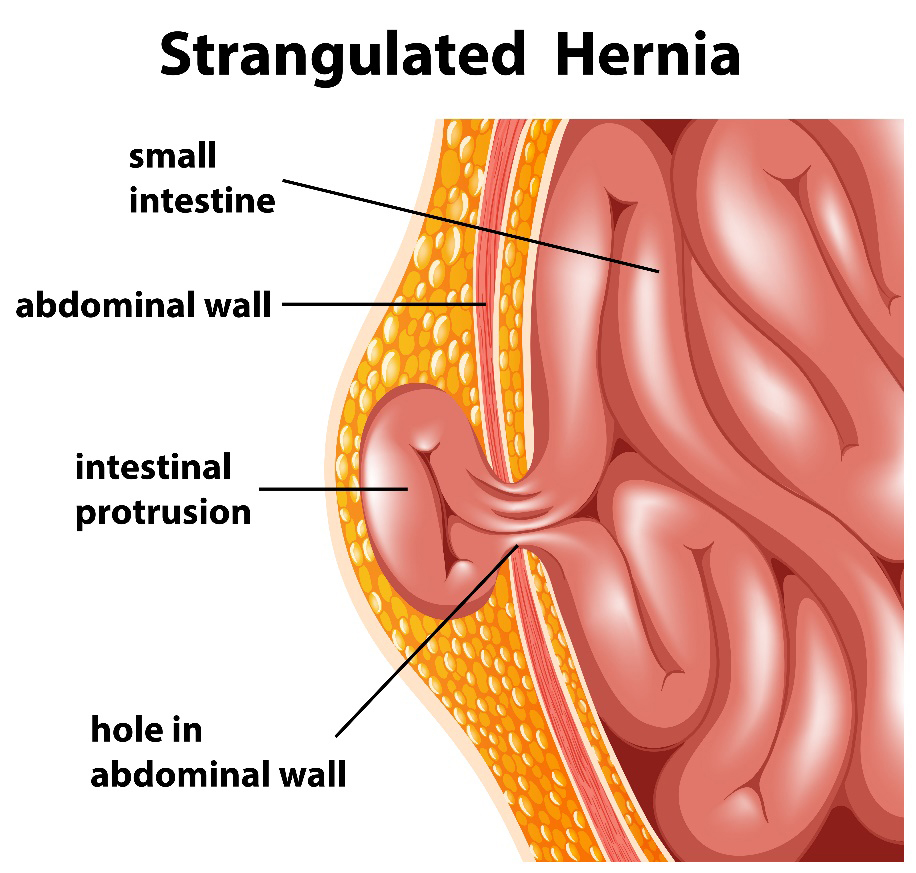
Diagnosis of hernias
A major abdominal wall, umbilical or incisional hernia can generally be diagnosed using a physical examination. The patient is asked by the doctor to tense the abdominal musculature and to cough or to bear down so that the protrusion point can be easily palpated and the precise location of the hernia can be determined. An ultrasound examination is necessary particularly for smaller hernias that cannot be detected at first glance. Ultrasound can also be used to check whether the bowel segments in the hernia sac are well perfused and the bowel contents can be moved further.
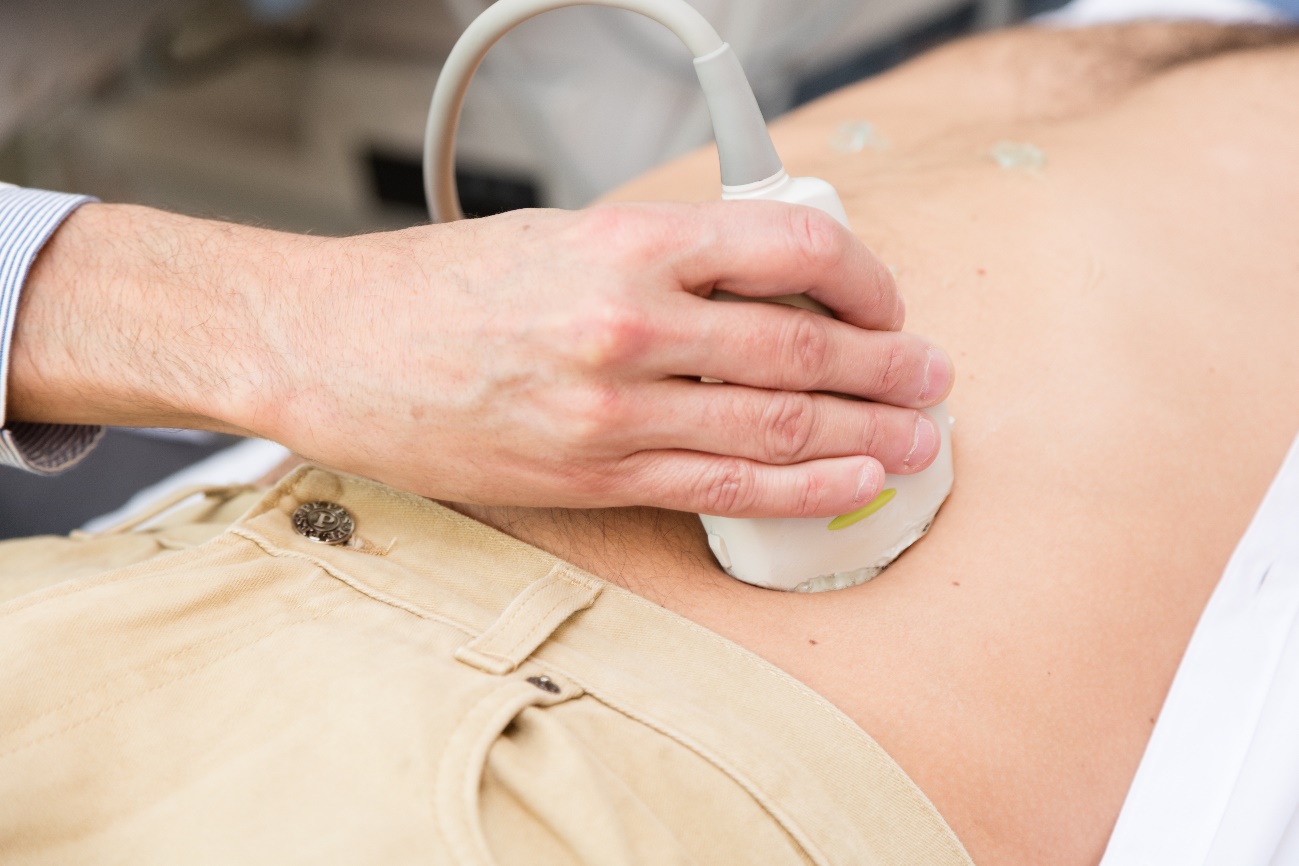
Healing only possible with surgery
There are no non-surgical treatments that can successfully treat a hernia. The only option for healing a hernia is to close the hernial opening surgically.
The surgical treatment of hernias is a routine procedure for specialist surgeons. Until recently hernias were operated on exclusively using the open technique. The hernia was exposed using a skin incision about 15 to 20 cm long. To ensure that the relatively large scar heals well and to prevent the hernia recurring, the patient had to avoid physical exertion for several weeks after the procedure.
These days there are considerably less stressful procedures. The hernia defects are closed up using special plastic meshes without applying any tension. This shortens the time until the patient has completely recovered after the surgery. Patients can generally return to their normal physical activities just a few days later. The risk of a repeat hernia (recurrence*) is also considerably lowered.
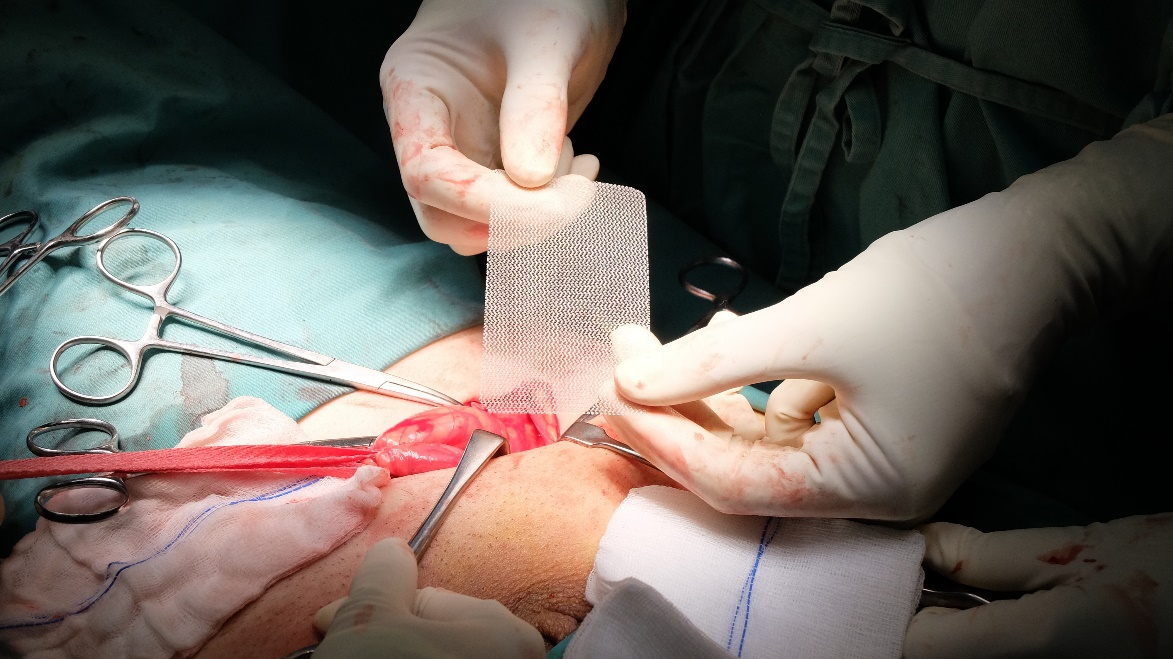
For the minimally invasive surgical technique, a small camera and the surgical instruments are inserted through a tiny incision in the abdominal wall. Along with less pain and smaller scars, keyhole surgery has the advantage that patients can return to their everyday lives more quickly.
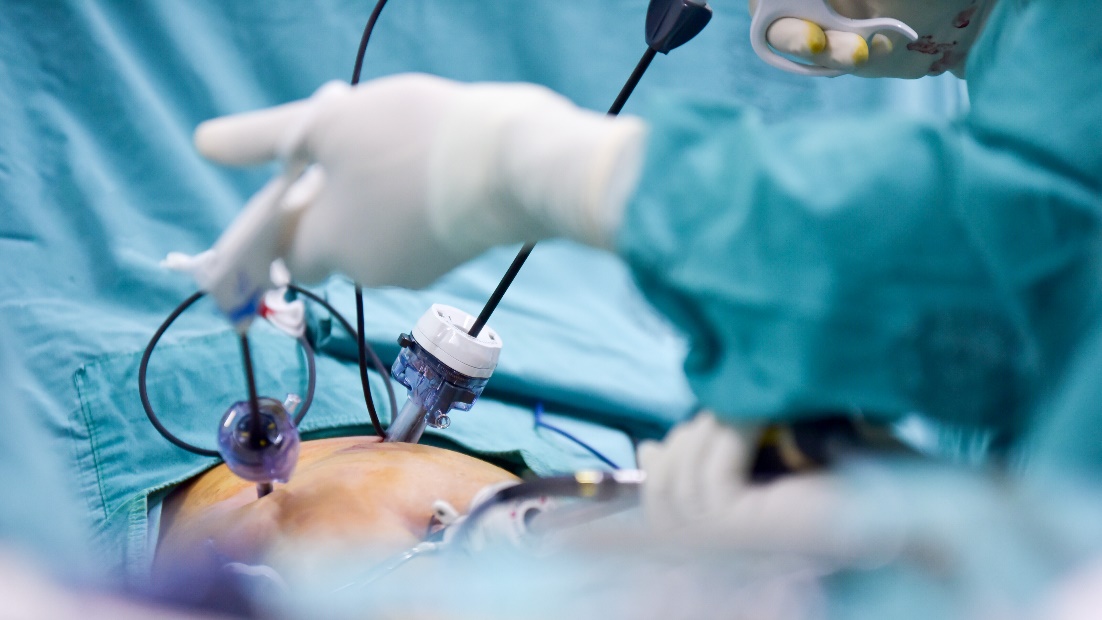
Advantages of mesh insertion
If the hernia defect is closed with a suture, there is a risk of about 50% that a repeat hernia (recurrence) occurs because the suture is under considerable tension. The insertion of a plastic mesh reduces this risk to a minimum. The mesh closes up the hernia without any tension and provides additional stability.
Choosing the right mesh is therefore a critical factor for a successful outcome for the surgery. Modern meshes act like healthy abdominal wall. Despite their extreme tear resistance, they remain very elastic and conform to all the body’s movements. Large pores ensure that the body’s tissues grow through the mesh and create a stable connection between the body and the mesh.
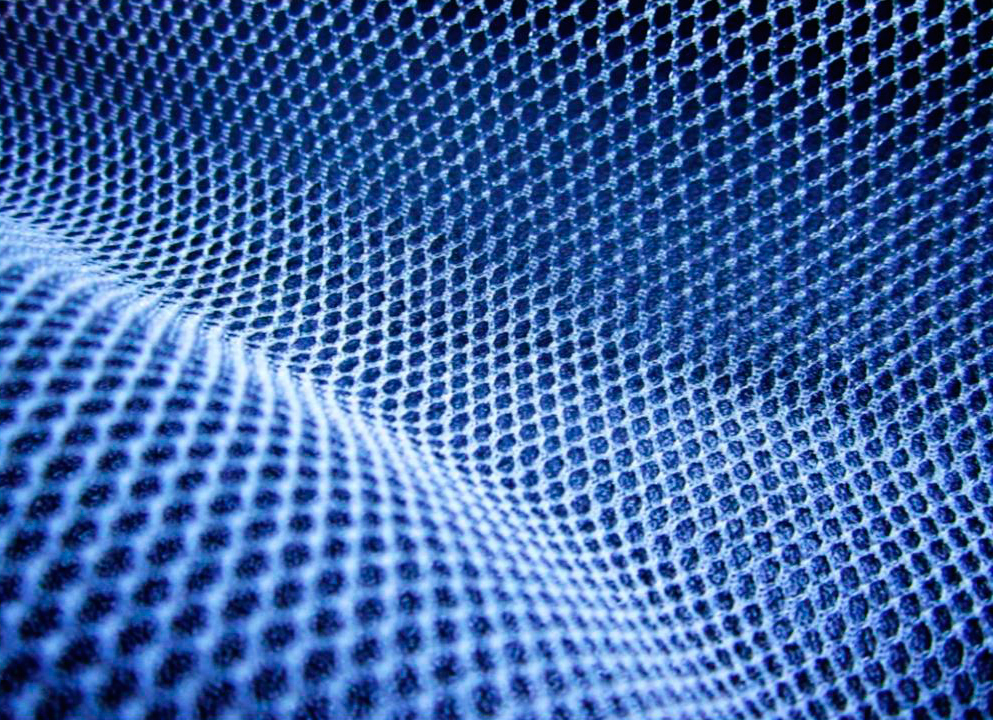
What type of hernias are there?
The type of hernia you have depends on your location:
Femoral hernia: is a protrusion in the upper part of the thigh, just below the groin. This type is more common in women than in men.
Hiatus hernia: occurs in the upper part of the stomach. A portion of the upper part of the stomach enters the chest.
Surgical hernia or eventration: : it can occur through a scar if you have had abdominal surgery in the past.
Umbilical hernia: it is a protrusion around the navel. It happens when the muscle around the navel does not close completely.
Inguinal hernia: it is a protrusion in the groin. This type is more common in men. It can go down to the scrotum.
Causes
There are usually no symptoms. Some people have discomfort or pain. The annoyance can be worse when standing, straining or lifting heavy objects. Sooner or later, the most common complaint is a bulge that is sensitive and growing.
When a hernia gets bigger, it can get stuck inside the hole and lose its blood supply, which is called strangulation. Symptoms include nausea and vomiting and not being able to eliminate gas or have bowel movements. When this happens, urgent surgery is needed.

